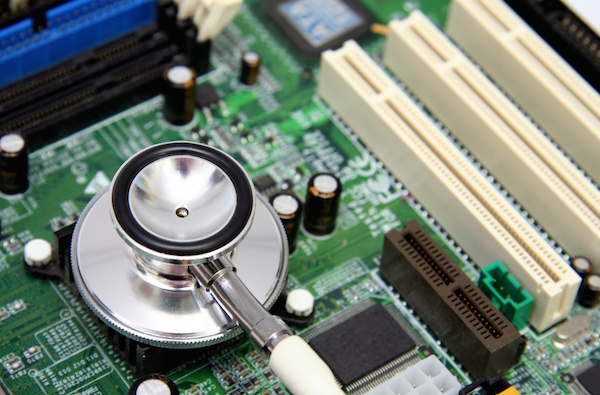
MONDAY, Aug. 23 (HealthDay News) — A team of researchers at the Massachusetts Institute of Technology say they’ve developed a synthetic surface that makes it easier to grow stem cells.
There are two sources of human stem cells: embryonic cells or pluripotent cells. Pluripotent stem cells are body cells that have been reprogrammed to an immature state so that they can develop into any kind of specialized body cells.
While it’s believed that pluripotent stem cells hold great potential for treating a wide range of diseases, scientists have found it difficult to grow them in large enough quantities to be used in human studies.
“For therapeutics, you need millions and millions of cells. If we can make it easier for the cells to divide and grow, that will really help to get the number of cells you need to do all of the disease studies that people are excited about,” Krishanu Saha, a postdoctoral associate at MIT and co-first author of the paper, said in an MIT news release.
The newly developed surface, which contains no foreign animal material, allows human pluripotent stem cells to remain alive and continue reproducing themselves for at least three months, the researchers reported.
This is the first synthetic material that allows single cells to form colonies of identical cells, something that is necessary in order to identify cells with desired traits, according to the MIT team of chemical engineers, materials scientists and biologists.
The research was published Aug. 22 in the journal Nature Materials.
More information
The International Society for Stem Cell Research outlines the different types of stem cells.

